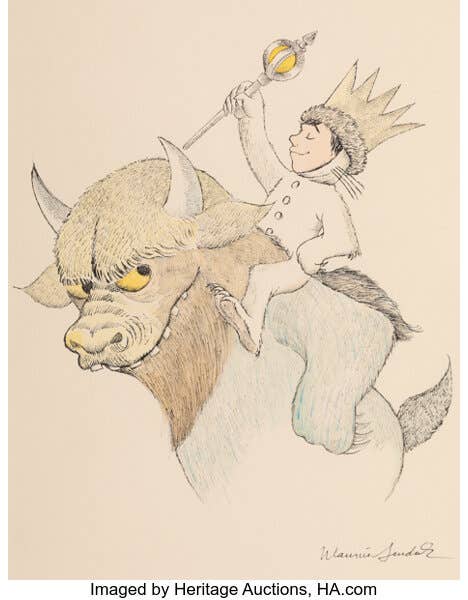Bottle Treasures Uncorked: Popularity of ginger beer bottles
Although ginger beer breweries have all but disappeared, popularity of various ginger beer bottles continues among collectors, reports Mike Polak.
By Mike Polak
The origins of ginger beer can be traced back to England in the mid-1700s. There was, however, an earlier type of ginger beer produced by Mead & Metheglin dating to the early 1600s in Colonial America. Metheglin was more of a naturally carbonated, yeast-fermented honey tasting beverage. It often included ginger, cloves and mace, which proved to be a popular drink in the colonies. The difference is that while ginger beer includes the yeast for fermentation, it is also sweetened with honey. Cane sugar or molasses were also used. Additional ingredients included whole Jamaica ginger root and fresh lemons.
After brewing, the ginger beer was stored in stoneware bottles and corked to maintain a natural effervescence. When the carbonation process was introduced in 1899, an essence of extract was used to achieve the right taste. But the old English brew masters observed that naturally fermented ginger beer still produced the best flavor. Until the mid-1800s, a number of ginger beers contained large amounts of alcohol content, some as much as 11 percent.
Ginger Beer's Appearance in North America
Ginger beer eventually was introduced to the United States and Canada around 1790 with England shipping large amounts to both countries during the 1800s. England was able to continue this huge export since its stoneware bottles were of a better quality based on a process developed in 1835 called “Improved Bristol Glaze.” After brewing, the bottles were corked and wired to maintain the initial pressure, which maintained the alcohol and carbon dioxide in solution, improving preservation and shelf life.
The early stoneware bottle was used extensively from 1790 until 1880 to 1890 when industrialization and new manufacturing techniques introduced a new gray stone bottle. Use of these new bottles took place between 1885 and 1920, having been stamped with various logos and designs to attract the interest of the buyer.
The popularity of ginger beer in the United States came to an end in 1920 with the advent of
Prohibition. In England and Canada, ginger beer peaked around 1935. During the heyday, 300 ginger beer breweries existed in the U.S., with 1,000 calling Canada home, and 3,000 more in England. While the breweries have disappeared, today’s collectors still enjoy finding many varieties of bottles in colors of green, red, blue, tan and purple, along with unique slogans and logos.
While this article presents a good cross-section of ginger beer bottles from the United States and Canada, I recommend collectors check out two books co-authored by Scott Wallace and Phil Culhane, both specialists in the field of Canadian glass and stoneware ginger beers: Transfer Printed Ginger Beers of Canada and Primitive Stoneware Bottles of Canada. Scott Wallace also conducts a number of auctions throughout the year and can be contacted at www.mapleleaftauctions.com.
Special Offer: Enjoy free U.S. shipping with purchase of Antique Trader Bottles Price Guide, 8th Ed. (Sale $16.89) Visit www.krausebooks.com or call 855-864-2579 to order. Use Discount Code BTL7. This offer is valid through Nov. 30, 2016.
Known widely as The Bottle King, Michael Polak has been a passionate collector, historian and bottle hunter for nearly 50 years. He has written more than a dozen books on bottle collecting, including the highly respected reference Antique Trader Bottles, Identification and Price Guide, now in its eighth edition.








